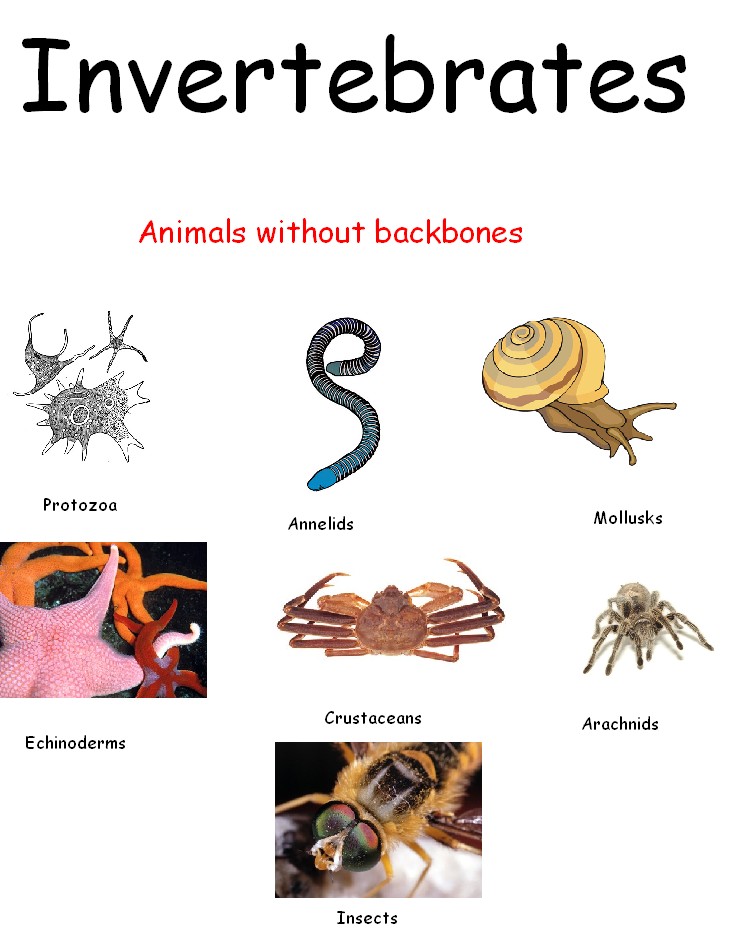| Animals World |
|
|
Invertebrates
With the exception of insects, which have
extensively colonized terrestrial environments,
most invertebrates are aquatic, many of
those being marine. Even some of the land dwellers
start life as aquatic larvae. Invertebrates follow
one of three types of general body plan. Some marine
sponges are asymmetrical, lacking an ordered
pattern to their structure. Cylindrical organisms,
such as sea anemones, are radially
symmetric; any cut through the center of the organism
divides it in equal halves. Asymmetrical
and radially symmetric animals tend to stay in
one place; thus their body plan helps them to collect
environmental stimuli from every direction.
Animals that exhibit bilateral symmetry have
right and left halves that are mirror images of each
other. They are mobile and usually have a distinct
head end. This area of cephalization, concentrated
nerve and sensory tissues, is directed forward in
their travels, giving them new information about
where they are going.
|
Look also: Most Popular AnimalsPrincipal Terms
coelom: a true body cavity, lined by mesoderm |
|
Copyright 2016 |
|



